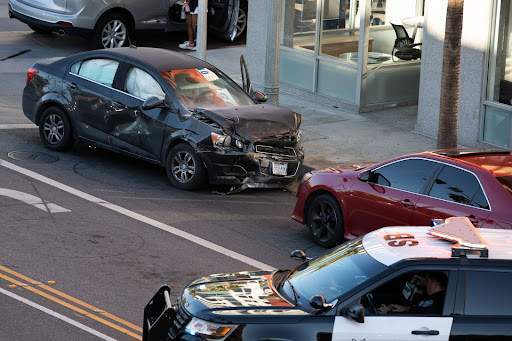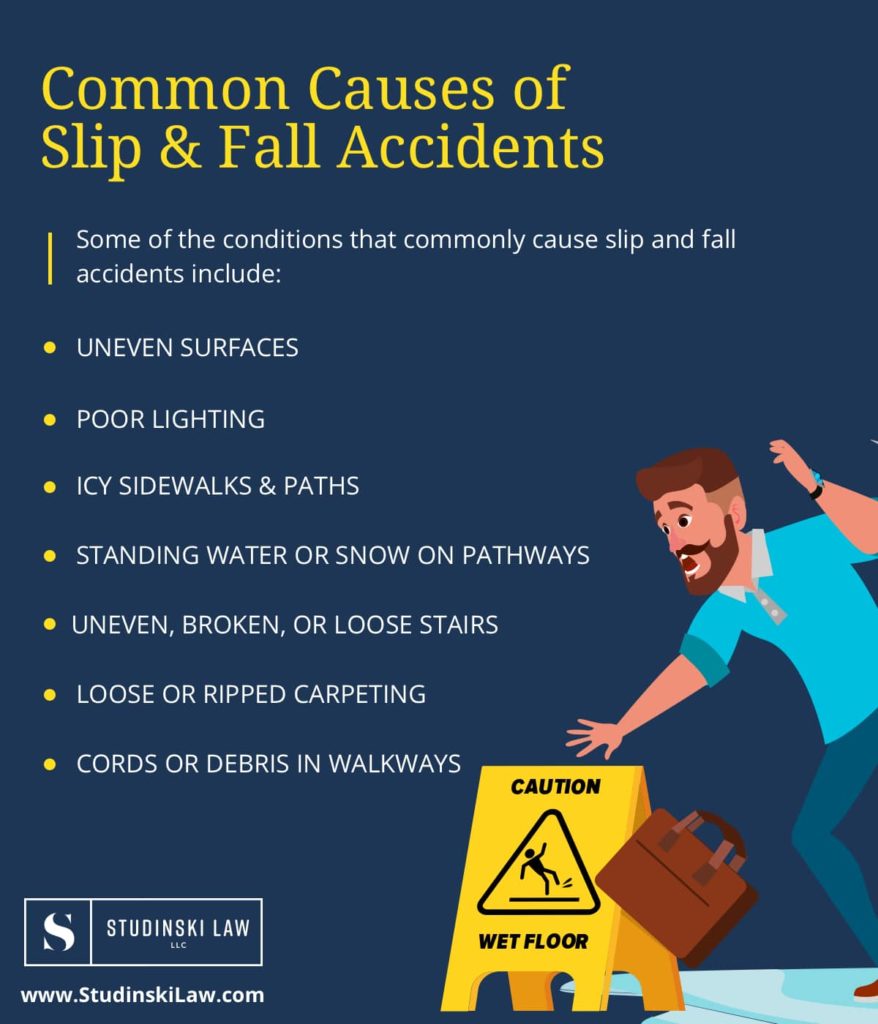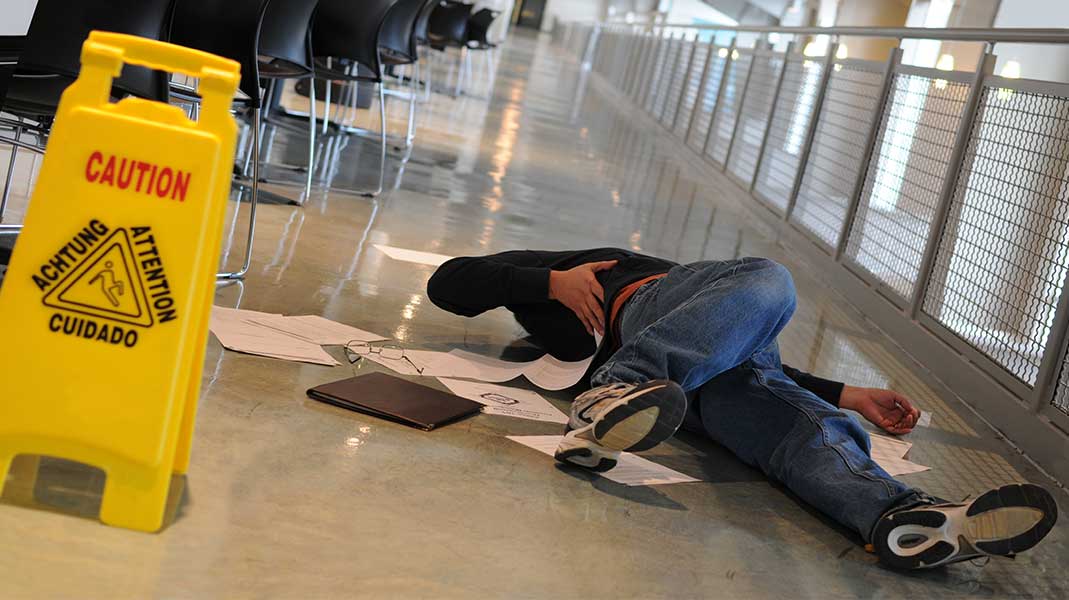California follows a "fault" system for car accidents, which means that the driver who is found to be at fault for the accident is responsible for paying for the damages caused by the accident. In order to determine fault, the following factors are considered:
- Negligence: Negligence is the failure to exercise reasonable care, and it is the most common basis for finding fault in a car accident. In order to prove negligence, the plaintiff must show that the defendant:
- Owed a duty of care to the plaintiff
- Breached that duty of care
- The breach of duty caused the plaintiff’s injuries
- The plaintiff suffered damages as a result of the injuries
- Comparative fault: California follows a comparative fault system, which means that each driver’s fault is compared to the other driver’s fault in order to determine how much each driver is responsible for the accident. Under this system, a driver’s fault can be anywhere from 0% (not at fault) to 100% (completely at fault).
- Contributory negligence: Contributory negligence is a defense that can be used to bar a plaintiff from recovering damages if the plaintiff’s own negligence contributed to the accident. However, contributory negligence is only a defense if the plaintiff’s negligence was a proximate cause of the accident.
In addition to the above factors, the following factors may also be considered when determining fault in a car accident:
- Traffic laws: If a driver violates a traffic law, it may be evidence of negligence.
- Physical evidence: The physical evidence from the accident scene, such as skid marks and damage to the vehicles, can be used to reconstruct the accident and determine how it happened.
- Witness statements: Witness statements can provide information about what happened before, during, and after the accident.
- Expert testimony: Expert testimony from accident reconstructionists and other experts can be used to help the jury understand the cause of the accident and determine who was at fault.
If you are involved in a car accident in California, it is important to contact an experienced car accident attorney to help you determine fault and recover damages for your injuries.
How Is Fault Determined in a Car Accident in California?
If you’re involved in a car accident in California, determining fault is crucial. The “fault-based” system in the Golden State holds the at-fault party or parties liable for the damages. So, how do you prove who’s to blame? Let’s delve into the nuances of California’s fault laws.
California Fault Laws
California’s fault-based system means that the person or entity responsible for causing the accident is held liable for the resulting damages. This includes property damage, medical expenses, lost wages, and pain and suffering. In most cases, the driver who violates a traffic law, such as running a red light, is considered at fault.
However, in some cases, multiple parties may share fault. For example, if one driver runs a red light and the other driver is speeding, both drivers may be found partially at fault for the accident. In such cases, the damages are apportioned based on each party’s percentage of fault.
Determining fault is not always straightforward. That’s where insurance companies and attorneys come in handy. They can help investigate the accident, gather evidence, and determine who’s responsible. If you’re involved in a car accident, it’s crucial to document the scene and exchange insurance information with the other driver(s).
How is Fault Determined in a Car Accident in California?
Let’s get started by answering your question – how is fault determined in a California car accident? It’s a question that can leave you feeling like a deer in headlights, especially when you’re trying to navigate the aftermath of a collision. Buckle up, folks, because we’re about to delve into the complexities of California’s fault laws.
California follows a “pure comparative fault” system. What does that mean in plain English? It means that each driver’s negligence is compared, and their liability is determined based on their percentage of fault. Even if you’re 99% at fault, you could still recover 1% of your damages from the other driver if they were 1% at fault. But here’s the catch – if you’re found to be more than 50% at fault, you won’t be able to recover any damages from the other driver. So, if you’re 51% at fault, you’re out of luck.
Now, let’s dive deeper into how fault is determined. It’s not always as straightforward as it seems. Brace yourself, because this is when the legal jargon starts flying.
Determining Fault
Determining fault in a California car accident involves a thorough investigation. It’s like putting together a puzzle, but instead of cute animal shapes, you’re dealing with police reports, witness statements, and insurance policies. The goal? To piece together exactly what happened and who’s to blame.
The first step is gathering evidence. This includes everything from photos of the accident scene to medical records. It’s like building a case for the jury, except the jury is the insurance company or the judge.
Once all the evidence is gathered, it’s time to apply the law. California uses a set of legal standards to determine negligence. Basically, negligence means that someone failed to act reasonably and caused an accident. It’s like failing a driving test, except the consequences are much more serious.
The legal standards for negligence vary depending on the situation. For example, drivers are required to obey traffic laws, drive within the speed limit, and avoid distractions like texting or eating. They also have a duty to keep their vehicles in good working condition.
If a driver breaches any of these duties and causes an accident, they could be considered negligent. And if they’re negligent, they could be held liable for the damages caused by the accident.
How Is Fault Determined in a Car Accident in California?
When multiple vehicles collide, determining fault can be a complex process. In California, the legal framework for assigning blame in car accidents is guided by the principle of pure comparative fault. Let’s delve into this system and explore how it impacts liability in these unfortunate scenarios.
Pure Comparative Fault
California follows the concept of pure comparative fault. This means that if more than one party is found to be at fault for an accident, the courts will assign each party a percentage of responsibility based on their individual actions. Crucially, the percentage of fault determines the reduction in each party’s liability for damages.
Determining Fault in California
When determining fault in a car accident, California courts consider several factors. These include:
- Driver behavior: This encompasses actions such as speeding, reckless driving, or distracted driving.
- Vehicle condition: The mechanical state of the vehicles involved can contribute to an accident.
- Road conditions: Factors like road design, visibility, and weather can play a role.
- Witness testimony: Statements from individuals who witnessed the accident can provide valuable insights.
Impact of Comparative Fault on Liability
The pure comparative fault system has a direct impact on liability for damages in car accidents. For instance, if Driver A is found to be 70% at fault and Driver B is 30% at fault, Driver A would be responsible for 70% of the total damages, while Driver B would be responsible for the remaining 30%. This approach ensures that parties are held accountable for their proportional share of fault.
Example: If the total damages in an accident amount to $100,000, Driver A would be liable for $70,000 (70%) and Driver B would be liable for $30,000 (30%).
Conclusion
Understanding fault determination in car accidents is essential for navigating the legal process in California. By embracing the principles of pure comparative fault, the courts strive to fairly allocate liability and ensure that each party bears responsibility commensurate with their actions. Whether you’re involved in an accident or seeking legal recourse, knowing your rights and responsibilities is crucial for safeguarding your interests and ensuring a just outcome.
How is Fault Determined in a Car Accident in California?
When it comes to car accidents, determining fault isn’t always as simple as it seems. In California, the process involves a complex web of factors, including negligence, contributory negligence, and comparative fault. If you’ve been involved in an accident, understanding these concepts can help you navigate the legal process and pursue compensation for your injuries.
Negligence
Negligence is the foundation of fault in car accidents. It refers to a person’s failure to exercise reasonable care, which leads to injuries or damages. In the context of driving, negligence can manifest in many ways, such as speeding, running a red light, or failing to yield the right of way. If you can prove that the other driver was negligent, you will have a strong foundation for your claim.
Contributory Negligence
California follows the doctrine of contributory negligence, meaning that if you contributed to your injuries in any way, you cannot recover damages from the other driver. This can be a significant hurdle to overcome, as even a minor error on your part could bar your claim. For instance, if you were speeding at the time of the accident, the defendant’s negligence may not be sufficient to hold them fully liable.
Comparative Fault
In some cases, both drivers may share some degree of fault for an accident. This is where comparative fault comes into play. Under California law, your damages will be reduced in proportion to your degree of fault. For example, if you are found to be 30% at fault and the other driver is found to be 70% at fault, you would be entitled to 70% of your damages. Comparative fault allows for a more equitable distribution of liability, especially in cases where both parties contributed to the accident.
Other Factors Considered
In addition to these core concepts, several other factors can influence fault determination in a car accident, such as witness statements, police reports, and traffic camera footage. These pieces of evidence can help investigators reconstruct the accident and determine who should be held accountable. Furthermore, factors like the weather conditions, road conditions, and vehicle defects can also play a role in determining fault. By carefully examining all of these factors, the courts can make an informed decision about who is liable for the accident.
How Is Fault Determined in a Car Accident in California?
If you’ve been in a car accident in California, you’re probably wondering who’s at fault. Fault is a legal determination that can have a big impact on your ability to recover compensation for your injuries and damages. Here’s a breakdown of how fault is determined in car accidents in California:
Proving Fault
The injured party (plaintiff) must demonstrate the other driver breached their duty of care by acting negligently, causing the accident and injuries. Negligence is defined as the failure to exercise the care that a reasonable person would have exercised in the same situation. To prove negligence, the plaintiff must show that the defendant:
- Owed a duty of care to the plaintiff
- Breached that duty of care
- The breach of duty was the actual cause of the accident
- The plaintiff suffered damages as a result of the accident
Comparative Fault
California follows a comparative fault system, which means that each party’s fault is determined as a percentage. The plaintiff’s recovery is then reduced by their percentage of fault. For example, if the plaintiff is found to be 20% at fault for the accident, their recovery will be reduced by 20%.
Comparative fault can get complicated when there are multiple parties involved in an accident. For example, if there are two drivers and a pedestrian involved in an accident, the fault of each party will be determined separately.
Contributory Negligence
In some states, contributory negligence is a complete defense to a personal injury lawsuit. This means that if the plaintiff is found to be even 1% at fault for the accident, they cannot recover any damages. However, California does not follow the doctrine of contributory negligence. Instead, California uses the comparative fault system, which allows the plaintiff to recover damages even if they are partially at fault for the accident.
Insurance and Fault
In California, drivers are required to carry car insurance. If you are involved in an accident, your insurance company will investigate the accident and determine who is at fault. The insurance company will then make a settlement offer to the plaintiff. If the plaintiff accepts the settlement offer, the case will be closed. If the plaintiff does not accept the settlement offer, they can file a lawsuit against the defendant.
Getting Legal Help
If you have been involved in a car accident in California, it is important to get legal help. An experienced car accident lawyer can help you investigate the accident, determine who is at fault, and maximize your recovery.





Leave a Reply